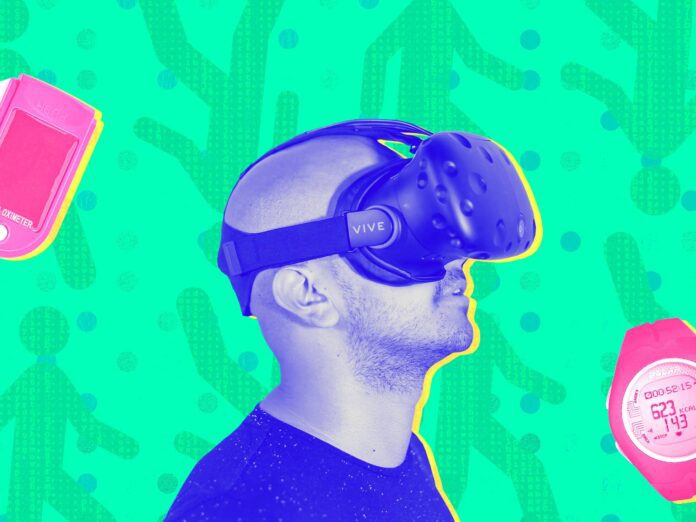How The Internet of Bodies Can Break Down Data Silos

The evolution of wearable devices is something to behold. In just over two years, the pandemic has given rise to an incredible and sustained spike in fitness trackers and smartwatches. This year, the wearables market will reach about 350 million shipments globally, logging a compound annual growth rate of 13 percent. These devices – commonly referred to as part of the Internet of Bodies – track our every movement and health metric. As a result, people are attaining newfound insight into their blood pressure, heart rate, sleeping pattern, and more.
'This year, the wearables market will reach about 350 million shipments globally, logging a compound annual growth rate of 13 percent.' -Carsten Rhod GregersenClick To TweetThe medical potential for this information is clear. However, how hospitals and research clinics leverage this data isn’t. Currently, the vast majority of devices collect information but don’t share it, impeding any true application in medicine. Accessing this goldmine of medical information requires our industry to break down such data silos. Let’s find out how.
The Issue With Data Silos
Wearables, as the name implies, are electronic devices that people wear close to the skin to accurately relay medical, biological, and exercise data to a database. Thanks to popular devices like Apple Watch and Fitbit, this rapidly growing segment has made the Internet of Things (IoT) industry the nearly-trillion-dollar behemoth it is today. The problem with such a lucrative market, however, is that most players are unwilling to share their data. These private companies view the recorded information as private data. The result is medical treasure troves that are unavailable to doctors.
Of course, companies have a duty of care with sensitive user data, but the current approach impedes medical researchers and practitioners from adequately implementing this rich information into their work. The cost opportunity is massive. If leveraged correctly, wearables could grant clinicians a more comprehensive, longitudinal view of patient health. This is particularly true when data collected by wearables, or the internet of bodies, can help to detect potential illnesses or diseases, such as sleep apnea, cardiac disease, or mental illness. For the moment, however, the problem is only predicted to worsen.
How To Break Down Data Silos
The good news is that it’s possible to break down data silos in wearables. Even better, there are multiple ways to do so. First, the internet of bodies device creators can agree on industry standards to safely share data. This approach would see wearable companies work together to adopt common standards and create new protocols. This will take time and coordination, but it’s doable. In the 1990s, five of the world’s biggest telecom providers established an interest group for a new communications protocol, Bluetooth. Today, nearly all laptops and tablets accept the standard.
Second, medical researchers can construct data lakes to extract actionable outcomes from large information sets. This approach is one way to get around the issue of inconsistent data standards in the industry. Currently, ingesting such data from multiple sources and converting it to a consistent format (for analysis by machine learning training and inferencing) is challenging. However, researchers should look to employ data lake patterns to store information and then build layers to modify the data to a format for use across different systems.
Third, in the case of specific clinical research trials and internal hospital operations, IoT ecosystems work to share information across a unified network. This method creates a single platform to connect the dots and achieve unified device connectivity. This way, the platform operators can have direct access to data and make decisions accordingly, all the way from monitoring patient vitals to managing hospital inventory.
A Brave New World for Interoperability
There’s no easy solution to breaking down data silos – but the opportunity is too great to miss. Unlocking this data could be instrumental to providing value-based care, reducing costs, lowering errors, and improving outcomes. Moreover, the problem is only projected to grow with time. IDC projects the total universe of healthcare data to grow approximately 400% between 2020 and 2025.
We must act now. With growing data comes the potential for better predictive diagnoses, individualized therapies, and new efficiencies that can increase access to care while controlling costs. Achieving this, however, requires vendors to come to the table and break down the data silos they have helped create.
Tweet
Share
Share
- Remote Management
- Wearables
- Data Analytics
- Fitness
- Health and Wellness
- Remote Management
- Wearables
- Data Analytics
- Fitness
- Health and Wellness
